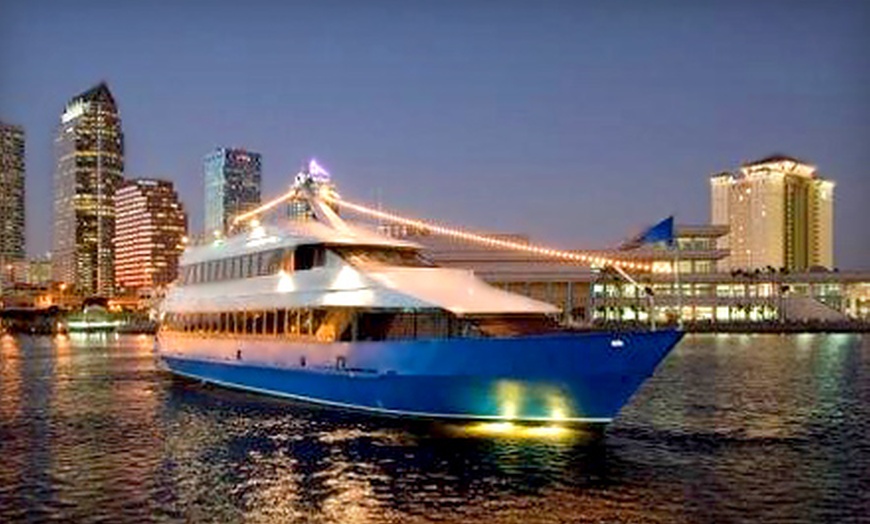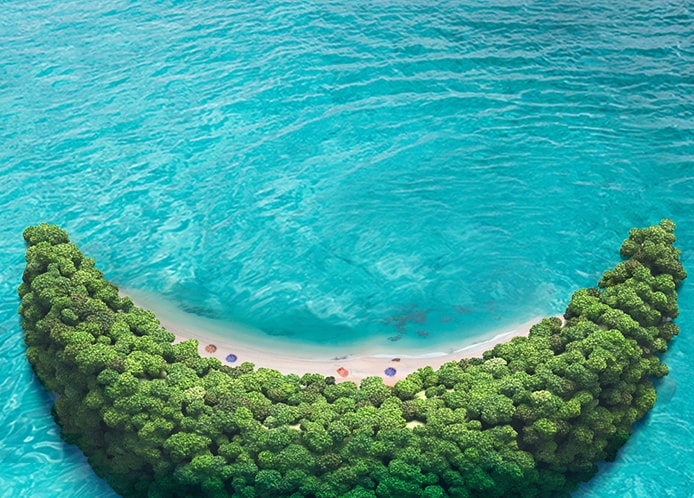
You might be curious about the best time of year to travel to Namibia if you are planning a vacation. The best time to visit Namibia is between June and October. During this time, the climate is warm and dry and the weather is not too hot, making it possible to visit most of the country's attractions and enjoy the wildlife, which flocks to waterholes to quench its thirst. However, February to March is the hottest and worst time of the year, while July to October is the rainy period.
Namib Desert
Namib Desert is the oldest desert on Earth. Humans have been living in the region since the late Stone Age. Evidence of their presence includes pottery and stone circles. Tools and artifacts that date back to earlier eras were also discovered. The "White Lady" painting is also located near the Brandberg Mountains. There are rock engravings of elephants, rhinoceros, giraffes, and other animals.
Etosha National Park
You will need to include Etosha National Park in your itinerary if you wish to see Namibia's big five. The park can be reached by sedan. There are also well-paved roads. There's a NAD 80-00 entrance fee per adult per day, and the park has six rest camps. They have shops and restaurants and floodlit waterholes, as well as viewing platforms. While you will need to bring enough water during the day to be able to see Namibian lions and zebras, it is well worth it.

Walvis Bay
The South African government has given up control of the port and 12 offshore islands in Walvis Bay, Namibia. This follows more than three-years of bilateral negotiations that culminated in the establishment of a transitional Joint Administrative Authority. This authority was responsible to administer the 300-mile region and praised this agreement as complying with UN Security Council resolution 432. (1978).
Sossusvlei
When you're planning a vacation to Namibia, you'll want to consider visiting the scenic Sossusvlei. Sossusvlei's climate doesn't change much from other areas of the country. Sossusvlei makes a great destination for year-round travel. It is also beautiful during the transition seasons, when temperatures can be more moderate. These periods see temperatures of 30degC to 33degC, 50degF to 60degF.
Biltong
Billong is one the most commonly eaten snacks in Namibia. It is made by drying strips high-quality, raw meat and then coating them with sugar, vinegar and coriander. Biltong is especially popular in Namibia, as it's a staple diet. South Africans are also fond of biltong. Namibian biltong is a unique snack that will make you fall for it.
Take a Namibian travel cooler
Travel coolers to Namibia are a great way for you to get the best drink and also save money. You should bring water that can keep cold as deserts often lack running water. You should still pack water for hiking or camping in a cooler. Here are some reasons.

How to get a tourist visa
You must complete an application form to apply for a tourist visa in Namibia. Also, you must have a valid passport that has at least three blank pages. Two color photographs of yourself must be taken within the last three month. Photos of yourself must be recent and clearly display your face on a white background. It is not allowed to be photographed while you are wearing sunglasses or sleeveless apparel.
FAQ
What should you do the first time you arrive at your travel destination after you have arrived?
An itinerary is essential for every trip. It helps you know what to expect and where to go next.
You need to plan ahead to ensure you don't miss anything important.
For example, if you're going to be visiting a city for more than one day, you should research which museums, parks, and landmarks you'd like to visit.
Also, you may want to look into getting a map of the area and reading up on the region's history.
How can you find affordable accommodations when you travel abroad?
Hostels, hotels, guesthouses, and bed and breakfasts are all options for cheap accommodation.
Hostels offer affordable accommodation in dorm rooms with shared bathrooms and living areas.
Hotels are generally located in touristy areas.
Although they look similar to hostels in that they have smaller rooms and more people sharing each one, guesthouses can be quite different.
Bed & Breakfasts are very popular among budget-conscious travelers. Guests are able to stay in private homes, and they can enjoy a full-service breakfast.
What documents should you keep with me when I travel?
You can always access important documents while you are on the road by keeping copies at home. You may also want to consider keeping copies of your passport, driver's license, and other official identification cards and any credit card information you might need if you plan to use an ATM machine.
A photocopy is always a good idea. This can be used to verify your identity, if necessary.
Also, don't forget to include copies of your itinerary and reservations. These will help with your planning and remembering where you are.
Keep a copy of the flight ticket and details for your hotel reservations. You will be able to reach someone back home if there is any trouble.
It's a good idea to never leave valuables unattended. It's a good idea to keep valuables safe and secure by storing them inside your luggage or on a money belt.
To avoid costly items being lost, make sure you check your luggage before you leave.
Remember, it's safer to keep things simple rather than trying to plan everything.
Enjoy your journey and relax!
What amount of luggage should I bring?
The length of your trip will determine how much luggage you need. Hand baggage is usually limited to 20 kg if you travel by plane. However, if you are taking a train or bus, then you will need more space.
A form will be provided to you when you arrive at the airport with information about your flight. This form will ask for information such as your baggage weight and if you require assistance to check them in.
Before you leave for work, make sure to check it. If you don't, then you could find yourself waiting around for hours while everyone else checks their luggage.
Because you never know what could happen, it is better to travel light. It is possible to lose your bag and not have something to wear.
Statistics
- You can use compression sacs or cubes to reduce the volume of your clothes by up to 80%—this is especially convenient for bulky items such as sweaters and jackets. (eaglecreek.com)
- Case in point: the private island of Ilha Caldeira, less than seven miles off the coast as part of the Primeiras and Segundas Archipelago, is located within the marine-protected area with 20 percent of the country's intact living coral. (travelandleisure.com)
- That's an 18% jump from 2019, the previous record year. (travelandleisure.com)
- Pack sweaters, jackets, and underwear in reusable compression bags creating up to 75% more space in your luggage. (wikihow.com)
- They're also likely to offer babysitting services, in case you'd like to have dinner one night after 7 p.m. (travelandleisure.com)
External Links
How To
How to plan for your next vacation
Planning a trip includes many things such as booking flights, hotels and car rentals. This includes important considerations like budget, destination and weather forecast.
These points are essential to keep in mind when you plan your next vacation.
We have prepared a step-by, step guide to help with your next vacation planning. This guide is based on customer feedback and our experience. We hope this guide helps you to plan your next vacation with minimal hassle.
Steps:
-
Plan your Budget - This is the most important step to take when planning for a trip. Before you can start planning where and what you will do, you must first know how much you are willing to spend. You might have to cancel your plans if you don't have enough money.
-
Book Your Flights. After you have decided on your budget, book your tickets. Find the best price and lowest flight deal. Make sure to check for special offers during peak seasons. These deals could be a great way to save money.
-
Pick Your Destination. Once you've booked your tickets, the next step is to decide where to travel. Multiple factors will play a role in choosing the destination you choose, such as location (wherever you are), climate (what season), culture (how friendly and affordable it is), cost (how affordable it can be) and cost.
-
Find Accommodations. After selecting your destination, the next step is to search for accommodations. There are many choices for accommodation. You can choose from affordable hostels or luxury suites. The type of accommodation you choose will depend on your preferences and needs. If you're looking for an area close to downtown, a hotel may not be the right choice. You may prefer quieter areas away from the crowds and a homestay could be better suited for your needs.
-
Select Activities and Attractions - Now is the time for you to choose the attractions and activities that you want to include in your itinerary. Depending upon the length of your stay you have two options: choose just a few activities, or add many more to your itinerary.
-
Plan Your Trip - Once you have decided on the attractions and activities you want to include, you can now plan your itinerary. A fixed schedule will ensure that you get the best value for your trip. However, if you're free to move around at your convenience, you can enjoy your trip even more.
-
Create an Itinerary - An itinerary is a list of all information related to your trip. From flights to accommodation, activities to restaurants, you should write them down and create a list of things to remember.
-
Research online - Make sure you do your research before you leave for your trip. You can read reviews and testimonials about other destinations to get their opinions. You will be able plan accordingly.
-
Take care when packing. Too many clothes is not a good idea. Do not bring more than three sets of clothes. Make sure you bring clothes that are appropriate for the area.
-
Be prepared. Get everything organized before you head out on your trip. You don't want to waste time searching for important documents while you're still in transit.